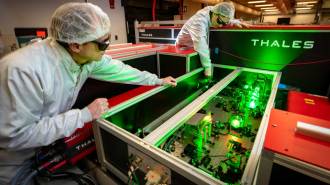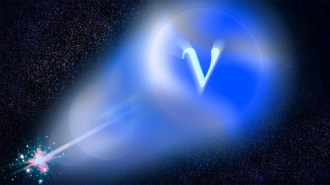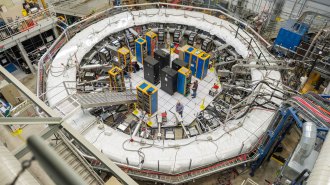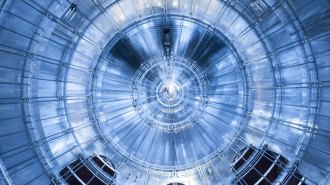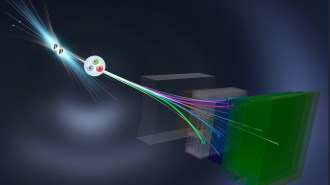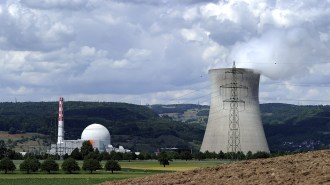LHC restart provides tantalizing hints of a possible new particle
Scientists pore over data from amped-up proton collider, searching for the next big thing since the Higgs boson

A NEW HOPE This diagram of the CMS detector illustrates one of the proton collisions that may have produced a never-before-seen particle.
CMS/CERN
